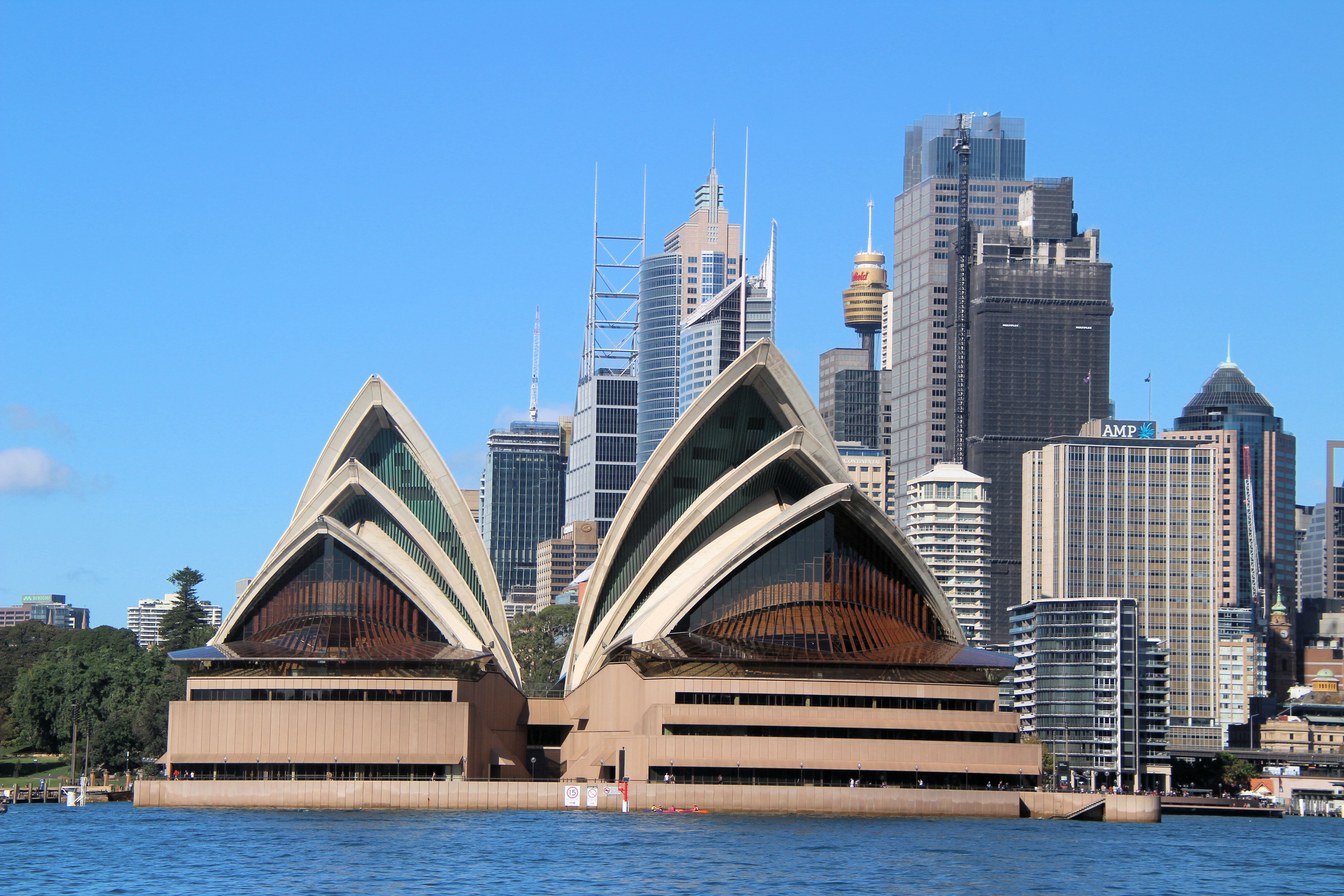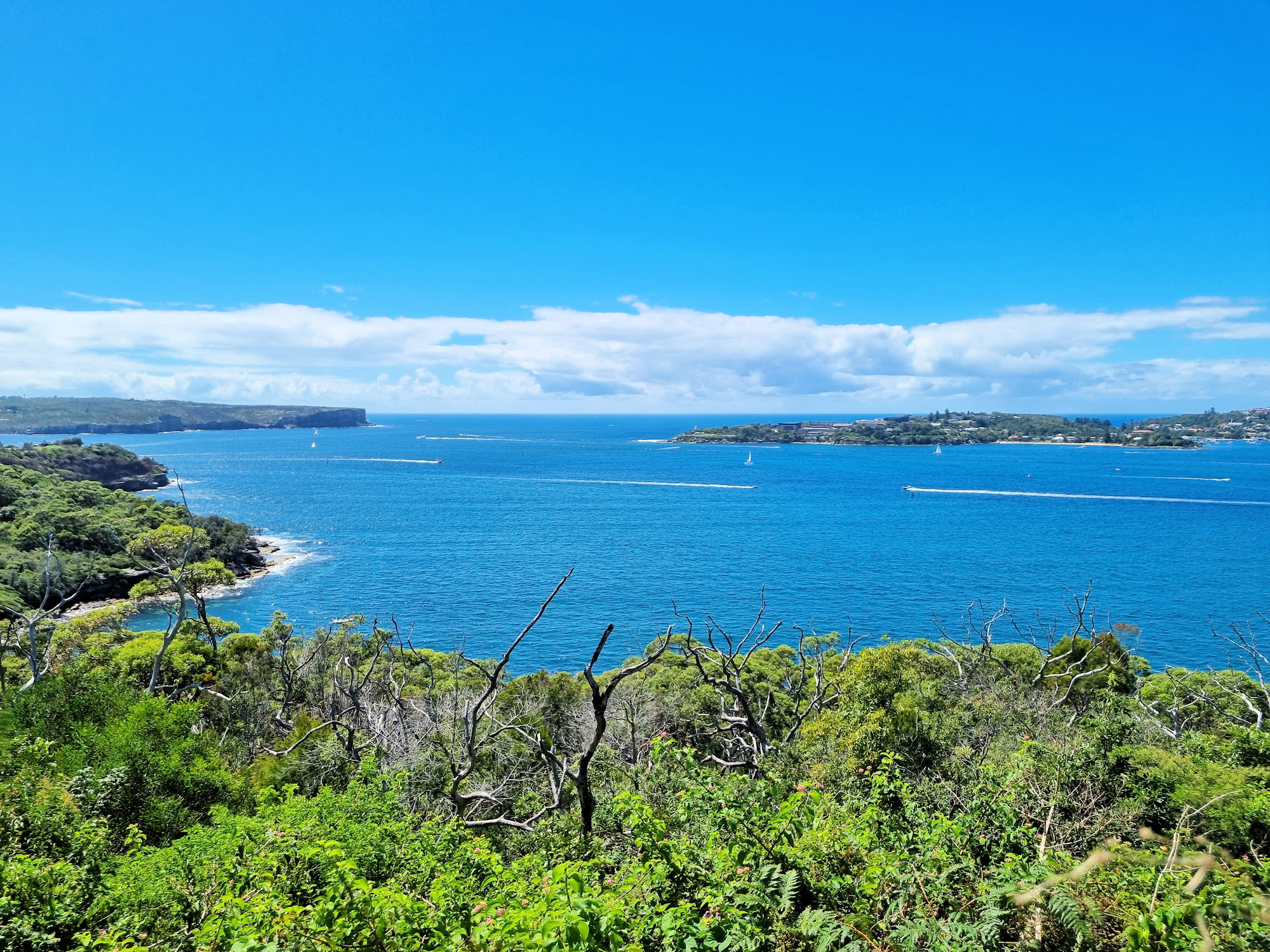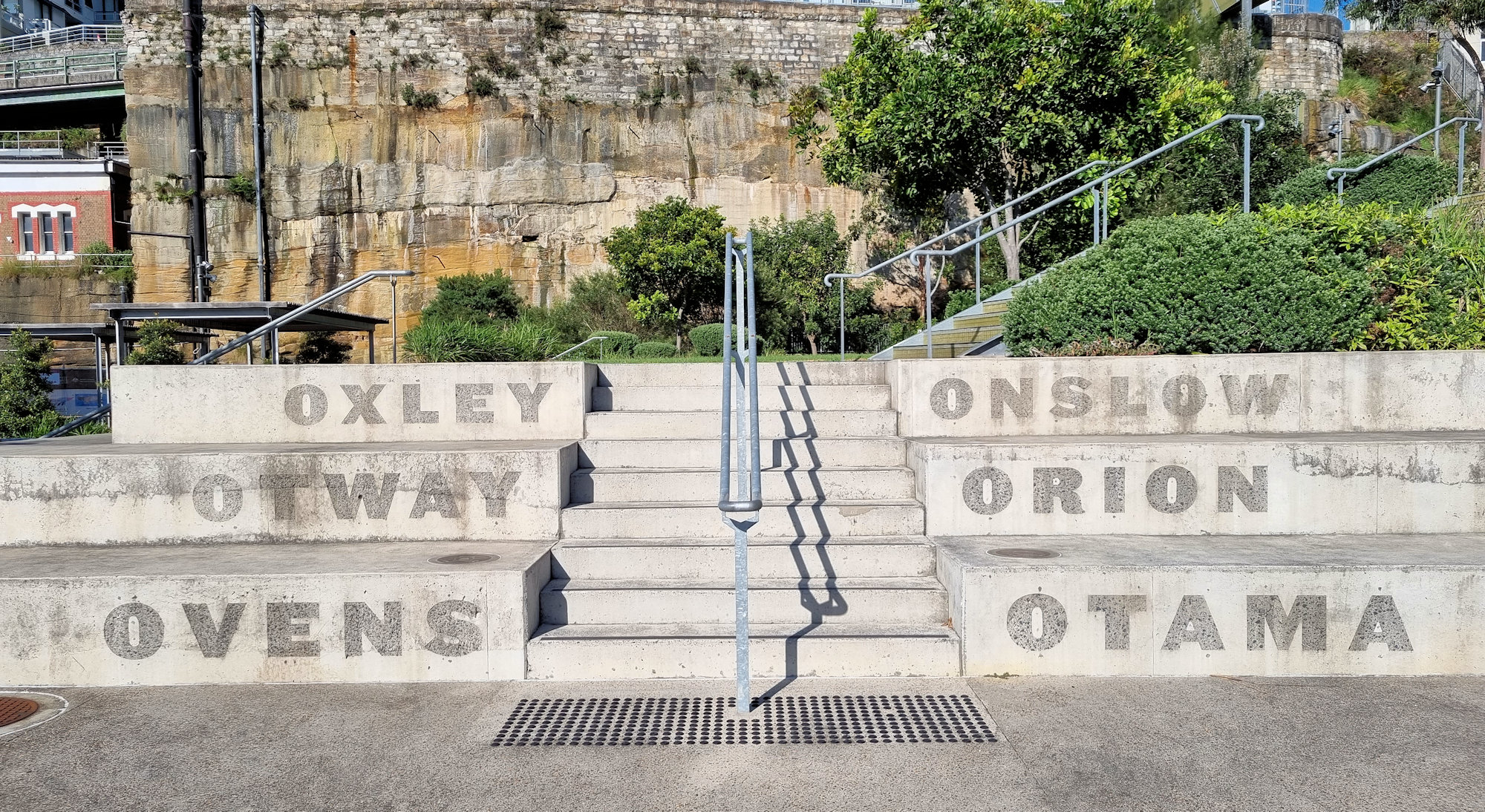Tag: Sydney Harbour
-
Bradfield Park North Sydney

Bradfield Park North Sydney Located partially beneath the Sydney Harbour Bridge, Bradfield Park is a publicly accessible park in North Sydney which provides magnificent vistas of the harbor, Circular Quay, and the Sydney Opera House. The park, named in honor of John Bradfield, the renowned engineer responsible for the bridge’s design, encompasses a playground, picnic… Read more
-
Headland Park Walking Track

Headland Park Walking Track The Headland Park Walking Track is a scenic and historic trail that runs from Balmoral Beach to Georges Head in Mosman, Sydney, Australia. The walking track is approximately 4.5 kilometers in length and offers stunning views of the harbour and surrounding coastline. The portion we walked was approximately 2 kilometers long.… Read more
-
Sub Base Platypus Sydney

Sub Base Platypus Sydney Sub Base Platypus is a unique site located in Neutral Bay, Sydney, Australia. The site has a rich history dating back to the early 1900s when it was originally used as a gasworks site. In the early 1960s, the site was acquired by the Royal Australian Navy (RAN) and used as… Read more